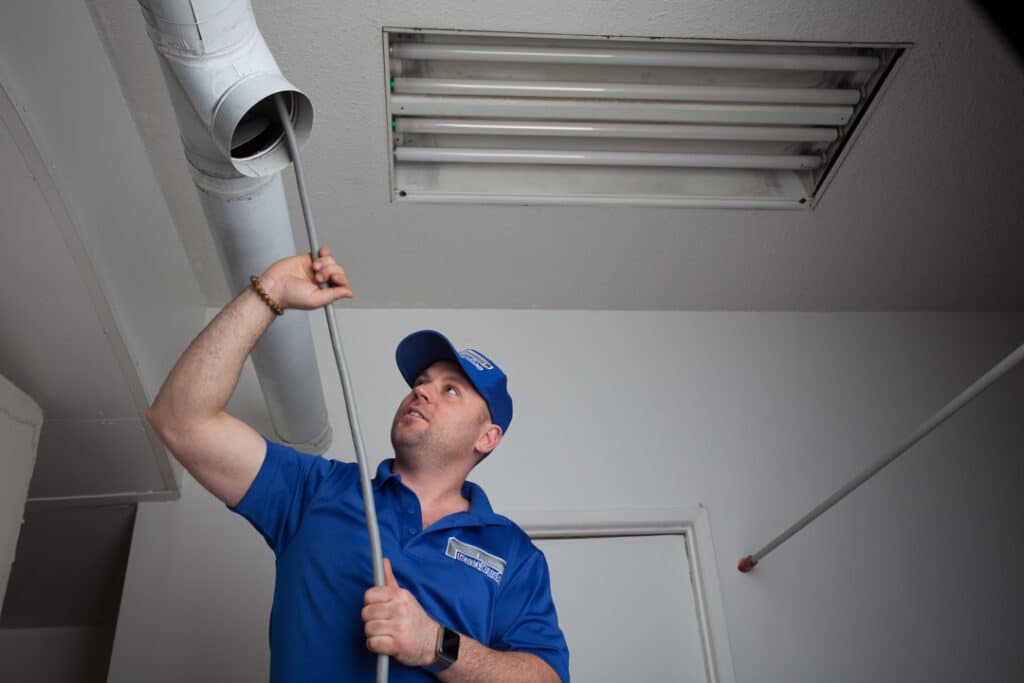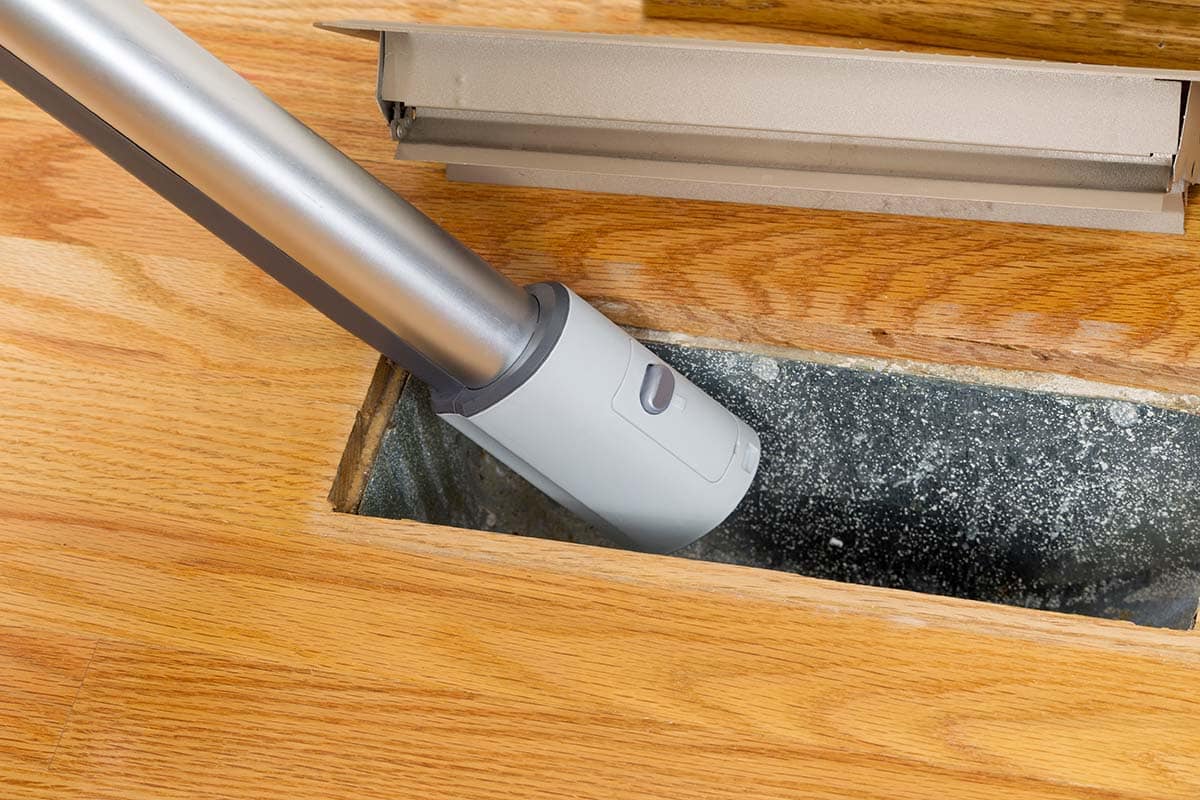In today’s world, maintaining a clean and healthy environment in our homes and businesses is more important than ever. One of the key aspects of this is ensuring that our air ducts are properly maintained. Two common methods for maintaining air ducts are duct sanitizing and deodorizing. But what exactly do these processes involve, and which one is right for you? In this article, we’ll dive into the details of duct sanitizing vs deodorizing to help you make an informed decision.

Understanding Duct Sanitizing
Duct sanitizing is a process that involves cleaning the ducts to remove contaminants and then applying a sanitizer to kill remaining germs and bacteria. This method is highly recommended for those who suffer from allergies or respiratory issues, as it can significantly improve indoor air quality.
How Duct Sanitizing Works
The process begins with a thorough cleaning of the ducts to remove any dust, dirt, or debris. Once the ducts are clean, a special sanitizer is applied to kill any remaining bacteria or germs. This ensures that the air circulating through the ducts is clean and free from harmful pathogens.
Benefits of Duct Sanitizing
- Eliminates bacteria and germs
- Improves indoor air quality
- Reduces allergens and respiratory issues
- Prolongs the life of your HVAC system
Exploring Duct Deodorizing
Duct deodorizing, on the other hand, focuses on eliminating unpleasant odors from the air ducts. This process is ideal for homes or businesses that have persistent odors due to pets, cooking, or smoking.
How Duct Deodorizing Works
The deodorizing process involves cleaning the ducts and then applying a deodorizing agent that neutralizes odors. This ensures that the air circulating through the ducts smells fresh and clean.
Benefits of Duct Deodorizing
- Removes unpleasant odors
- Creates a fresher indoor environment
- Enhances comfort within the home or business
Duct Sanitizing vs Deodorizing: Which Is Right for You?
When deciding between duct sanitizing vs deodorizing, it’s important to consider your specific needs. If you’re dealing with persistent odors, deodorizing might be the best option. However, if you’re concerned about germs and indoor air quality, sanitizing is likely the better choice.
Factors to Consider
- Your primary concern (odors vs. germs)
- Presence of allergies or respiratory issues
- Frequency of duct cleaning
- Your budget
Expert Recommendations
Experts often recommend a combination of both sanitizing and deodorizing for optimal results. This ensures that not only are your air ducts free from germs, but they also smell fresh and clean. For more detailed guidance, you can refer to the EPA recommendations for duct sanitizing.
Maintaining Your Ducts
Regular maintenance of your air ducts is crucial to ensure they function efficiently and provide clean air. Consider scheduling regular cleanings and using a combination of sanitizing and deodorizing to keep your ducts in top condition.
DIY vs Professional Services
While some homeowners may choose to clean their ducts themselves, professional services often provide more thorough results. Professionals have the tools and expertise needed to effectively sanitize and deodorize your ducts. For DIY tips, you can check out this guide.
The Role of Technology
Technology plays a significant role in modern duct cleaning methods. UV light is one such technology that can be used in duct sanitizing to kill bacteria and germs. For more information, visit UV Light for Duct Sanitizing.
Advanced Tools
Advanced tools and equipment, such as specialized vacuums and sanitizers, are used by professionals to ensure a comprehensive clean. These tools are designed to reach every corner of the duct system, ensuring no area is left untouched.
Common Misconceptions
There are several misconceptions about duct cleaning, sanitizing, and deodorizing. Some people believe that these processes are unnecessary, but in reality, they play a crucial role in maintaining a healthy indoor environment.
Debunking Myths
One common myth is that air ducts never need to be cleaned. However, dust, dirt, and allergens can accumulate over time, making regular cleaning essential. Additionally, some people think that deodorizing is merely masking odors, but it actually neutralizes them.
Conclusion
In conclusion, both duct sanitizing and deodorizing offer unique benefits that can enhance the quality of the air in your home or business. By understanding the differences and benefits of each, you can make an informed decision that best suits your needs. For further assistance, consider consulting with a professional duct cleaning service.

FAQs
1. What is the difference between duct cleaning and duct sanitizing?
Duct cleaning involves removing dust and debris from the air ducts, while duct sanitizing goes a step further by using a sanitizer to kill germs and bacteria.
2. How often should I sanitize my air ducts?
It is recommended to sanitize your air ducts every 2-3 years, or more frequently if you have allergies or respiratory issues.
3. Can I deodorize my air ducts myself?
While it is possible to deodorize air ducts yourself, professional services are more effective as they use specialized equipment and deodorizing agents.
This article contains affiliate links. We may earn a commission at no extra cost to you.